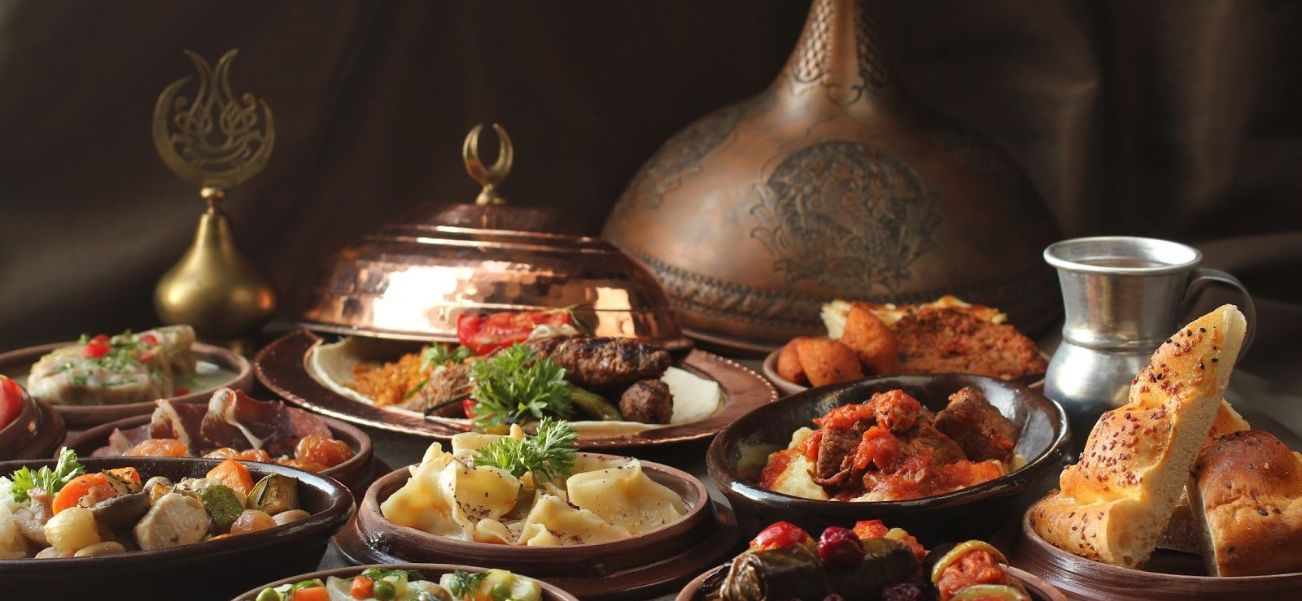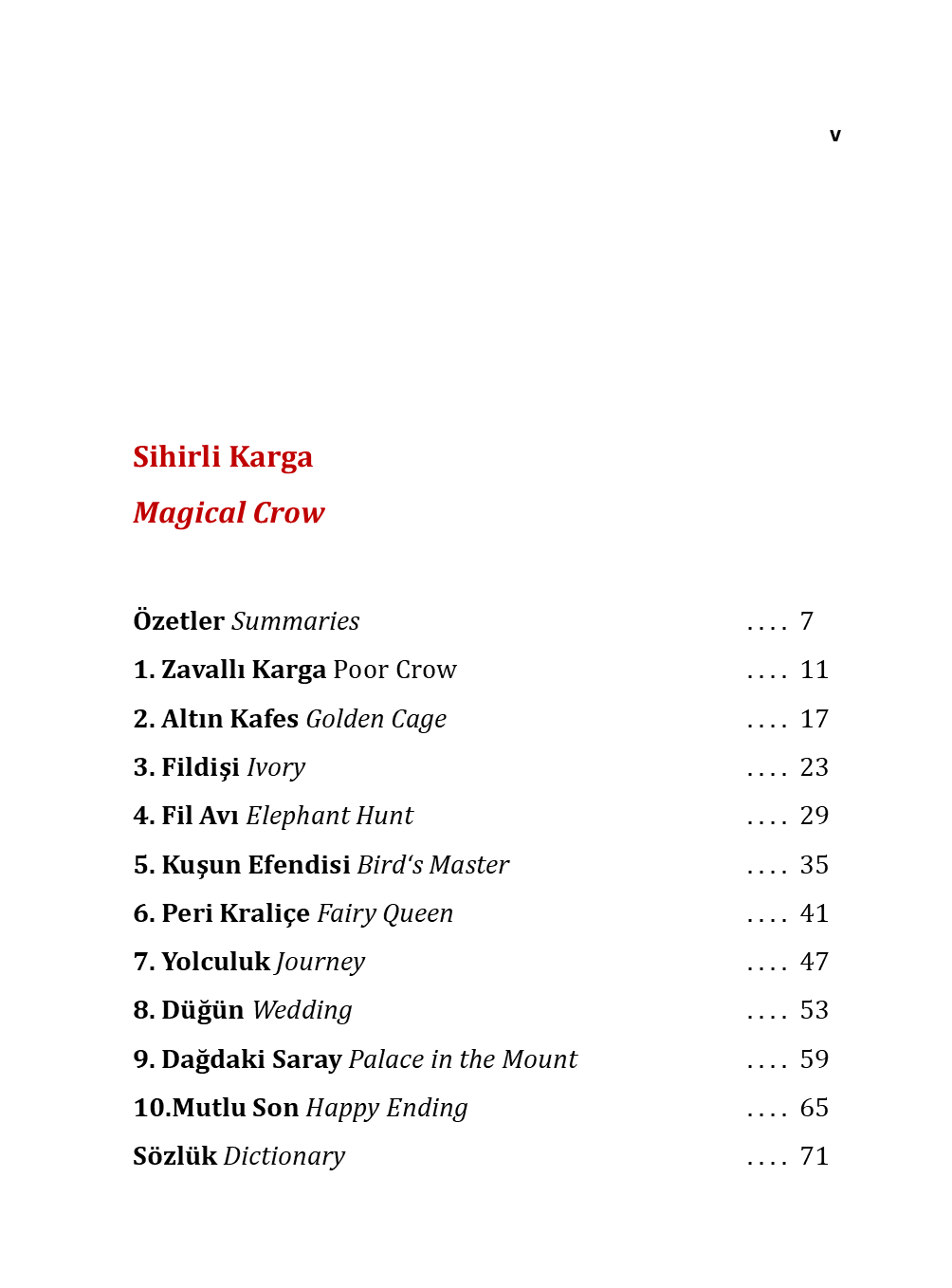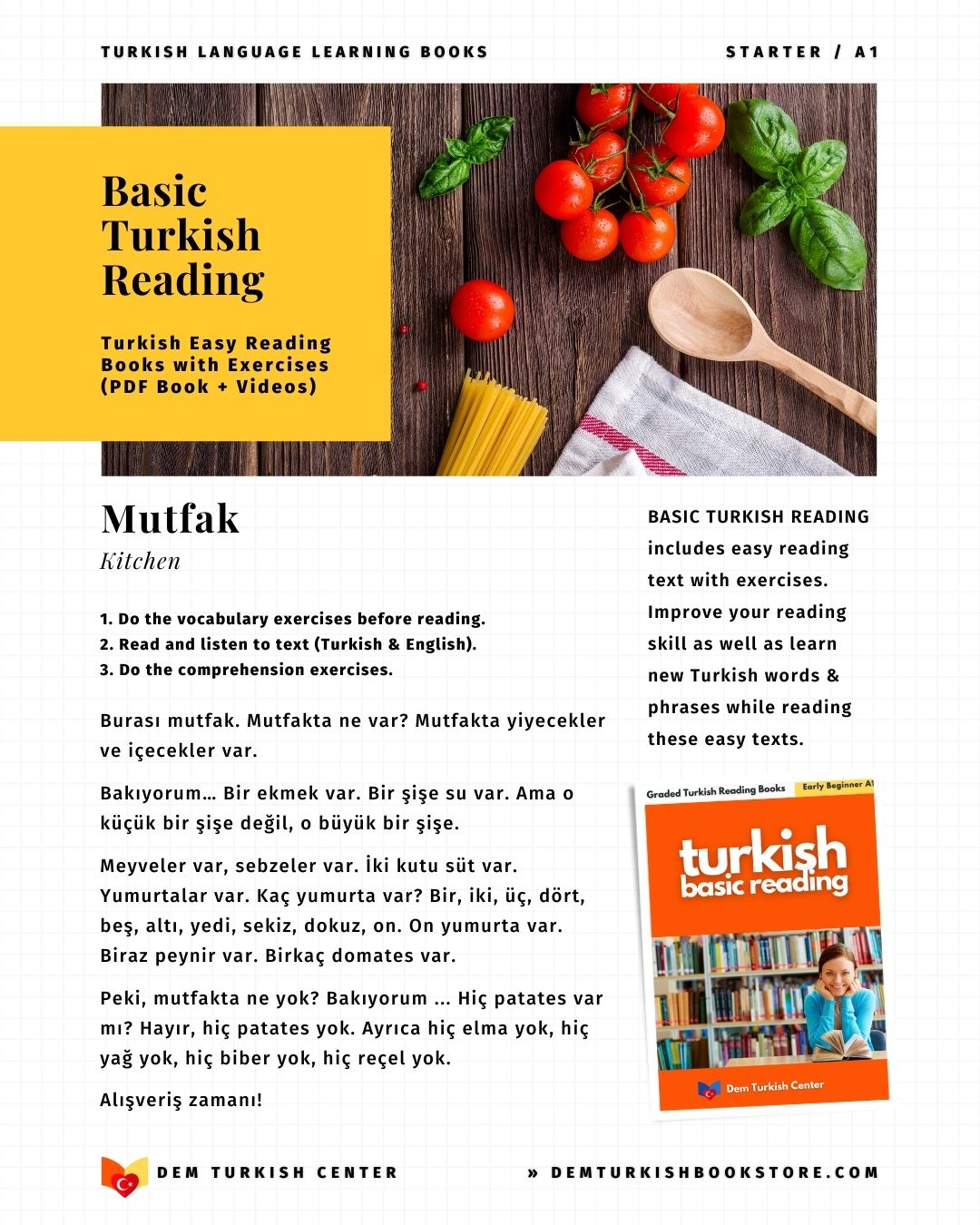
Ottoman Cuisine: Exploring the Rich Flavors of Imperial Cuisine
Ottoman cuisine is a fascinating fusion of flavors, techniques, and traditions that evolved over six centuries in the palaces, streets, and homes of the vast Ottoman Empire.
Stretching across three continents—Europe, Asia, and Africa—the empire's culinary heritage was shaped by diverse cultures, including Turkish, Persian, Arabic, Greek, Armenian, and Balkan influences. The result was a sophisticated and varied cuisine that continues to influence modern Turkish and Middle Eastern cooking today.
In this blog post, we’ll take a deep dive into the history, key ingredients, iconic dishes, and lasting legacy of Ottoman cuisine.
OTTOMAN CUISINE & DISHES
Turkish Cuisine: Turkey's Culinary Mosaic
A Brief History of Ottoman Cuisine

The Ottoman Empire (1299–1923) was a melting pot of cultures, and its cuisine reflected this diversity. The imperial kitchens, known as the Matbah-ı Âmire, were the heart of culinary innovation, where chefs prepared lavish meals for sultans, court officials, and guests.
Food was not just sustenance but a symbol of power and hospitality. The palace kitchens employed hundreds of cooks, each specializing in different dishes—soups, kebabs, desserts, and more. Recipes were refined over generations, blending Central Asian Turkic traditions with Persian sophistication, Arab spices, and Mediterranean freshness.
Most Popular Turkish Foods & Dishes You Must Try!
The empire’s expansion introduced new ingredients like tomatoes, peppers, and potatoes from the Americas, while trade routes brought spices such as cinnamon, cumin, and saffron. This rich exchange created a cuisine that was both luxurious and deeply rooted in regional flavors.
Key Ingredients in Ottoman Cooking
Ottoman cuisine relied on a balance of fresh produce, meats, grains, and aromatic spices. Some staple ingredients included:
1. Lamb and Poultry

Savor the royal flavors of Ottoman cuisine, where lamb and poultry were the undisputed stars of the imperial kitchen. Discover succulent dishes like tender lamb shanks, slow-cooked to perfection in clay ovens (tandır), and savory shredded chicken atop delicate rice pilaf. Experience the rich legacy of spiced kebabs, from minced lamb köfte to grilled chicken skewers.
These hearty meats, often marinated with aromatic herbs, olive oil, and spices like cumin and sumac, formed the cornerstone of feasts in Topkapı Palace. Explore the timeless recipes that define this rich culinary heritage and bring a taste of history to your table.
Turkish Coffee: A Journey Through History and Flavor
2. Rice and Bulgur

Discover the essential grains of Ottoman cuisine: rice and bulgur. These humble yet versatile ingredients were the foundation of the imperial kitchen, forming the base for countless iconic dishes. Savor the buttery, aromatic perfection of Ottoman rice pilaf, often studded with nuts, currants, or spices.
Explore the hearty, nutty flavor of bulgur pilaf, a nutritious staple in Anatolian cooking. From the rich "iç pilav" (rice stuffed into vegetables and meats) to the savory "tavuklu bulgur" (chicken with bulgur), these grains showcase the Ottomans' mastery of transforming simple ingredients into extraordinary culinary art, a legacy that defines Turkish cuisine today.
3. Yogurt and Dairy

Delve into the creamy heart of Ottoman cuisine with yoghurt and dairy, essential pillars of the imperial kitchen. Discover how tangy, probiotic-rich yoghurt was more than a side—it was a key ingredient in savory dishes like "yoğurtlu kebab", refreshing soups like "yayla çorbası", and delectable dips.
Explore the legacy of other traditional dairy products, from salted and strained yoghurts to fresh and brined cheeses. These versatile, nutritious staples provided a cooling balance to rich, spiced Ottoman meats and grains, showcasing a culinary sophistication that continues to define modern Turkish and Middle Eastern food culture today.
Turkish Delight: A Sweet Journey Through Time
4. Fresh and Dried Fruits

Experience the exquisite sweet-savory harmony that defined Ottoman palace cuisine with its legendary meat dishes featuring fresh and dried fruits. Sultans feasted on succulent lamb and poultry slow-cooked with apricots, plums, figs, and quince, creating a symphony of flavors.
Discover iconic dishes like "ayva kavurma" (lamb with quince) and "etli yaprak sarma" (dolma with spiced meat and raisins), where fruits provided a natural sweetness that balanced rich meats and aromatic spices like cinnamon and allspice. This sophisticated culinary tradition, born in the imperial kitchens, showcases the Ottomans' mastery of combining contrasting tastes for a truly regal dining experience.
5. Nuts and Seeds

Discover how nuts and seeds were the hidden gems of Ottoman cuisine, adding texture, richness, and depth to both savory and sweet creations. Explore their versatile use in iconic dishes, from the walnut-filled "İmam Bayıldı" and pine nut-studded pilafs to rich meat stews thickened with ground almonds.
In the royal kitchens, pistachios, hazelnuts, and sesame seeds transformed desserts like baklava and helva into legendary treats. These precious ingredients were a cornerstone of the empire's culinary artistry, providing essential nutrients and a luxurious crunch that elevated simple ingredients to food fit for sultans.
6. Spices and Herbs

Journey into the aromatic soul of Ottoman cuisine, where a sophisticated tapestry of spices and herbs defined the empire's legendary flavors. Discover the essential role of black pepper, cumin, and cinnamon in savory kebabs and pilafs, and the refreshing power of mint and dill in salads and yoghurt dishes.
Saffron and mastic lent their unique fragrance to both sweet desserts like Turkish delight and rich rice dishes. This masterful blending, sourced from ancient trade routes, created a complex, balanced culinary identity that was neither overpowering nor bland, but perfectly harmonious—a true feast for the senses.
Iconic Ottoman Dishes
![]()
Embark on a culinary journey through the Ottoman Empire by exploring its most iconic dishes, a legacy that defines modern Turkish cuisine. Savor the rich, slow-cooked perfection of *İskender Kebap*, with its tender lamb, smoky tomato sauce, and creamy yoghurt. Delight in the sweet-savory harmony of lamb stewed with quince or apricots.
Experience the comforting warmth of a hearty lentil soup and the intricate layers of a perfectly prepared "Baklava", dripping with honey and crushed pistachios. From the savory stuffed vegetables and vine leaves ("dolma" and "sarma") to the refreshing "yoğurtlu" mezes, these recipes were perfected in imperial kitchens.
Discover the history on your plate and taste the enduring influence of a cuisine that fed sultans for centuries.
1. Kebabs
The Ottomans perfected the art of grilling meat. Some classics include:
- Şiş Kebab Skewered and grilled marinated lamb or chicken.
- Adana Kebab Spicy minced meat on a skewer.
- Döner Kebab Rotating layers of meat cooked vertically, the ancestor of modern shawarma and gyros.
Top 10 Turkish Kebab Dishes You MUST Try!
2. Pilafs ("Pilav")
Rice dishes were a staple in palace cuisine.
- İmam Bayıldı A rich pilaf with eggplant, tomatoes, and onions.
- Hünkar Beğendi "The Sultan’s Delight," a lamb stew served over smoky eggplant purée.
3. Stuffed Dishes ("Dolma" and "Sarma")
Vegetables and leaves were stuffed with spiced fillings.
- Yaprak Sarma Grape leaves stuffed with rice, herbs, and sometimes meat.
- Biber Dolma Bell peppers stuffed with a mixture of rice, minced meat, and spices.
4. Soups ("Çorba")
Ottoman soups were hearty and often medicinal.
- Tarhana Çorbası A fermented yogurt and grain soup.
- İşkembe Çorbası Tripe soup, believed to cure hangovers.
5. Desserts ("Tatlılar")
Ottoman sweets were legendary, often featuring syrup, nuts, and pastry.
- Baklava Layers of filo pastry filled with nuts and soaked in syrup.
- Lokum (Turkish Delight) Gelatinous cubes flavored with rosewater, citrus, or nuts.
- Künefe Shredded pastry with melted cheese, soaked in syrup.
6. Beverages
- Turkish Coffee Introduced in the 16th century, it became a cultural ritual.
- Şerbet A refreshing fruit- or flower-based drink, often served at celebrations.
The Legacy of Ottoman Cuisine

Ottoman cuisine didn’t just disappear with the empire—it evolved and influenced the culinary traditions of many modern nations. Dishes like baklava, kebabs, and pilaf are enjoyed from Greece to Syria, Bosnia to Lebanon.
1. Influence on Modern Turkish Cuisine
Many classic Ottoman dishes are still central to Turkish food culture, with regional variations. Restaurants in Istanbul and beyond continue to serve historic recipes.
2. Impact on Balkan and Middle Eastern Food
Countries like Greece, Bulgaria, and Lebanon share similar dishes, adapted to local tastes. For example:
- Moussaka (Greek/Egyptian) has roots in Ottoman eggplant dishes.
- Ćevapi (Balkan grilled meat) resembles Ottoman köfte.
3. Fine Dining Revival
High-end restaurants worldwide now draw inspiration from Ottoman palace cuisine, reinterpreting historic dishes with modern techniques.
Ottoman cuisine is a testament to the empire’s cultural richness and culinary artistry. From humble street foods to lavish palace banquets, its flavors continue to captivate food lovers today. Whether you’re savoring a flaky piece of baklava or enjoying a slow-cooked lamb stew, you’re experiencing a legacy that has endured for centuries.
If you ever get the chance to visit Turkey or a traditional Ottoman-style restaurant, be sure to explore these historic dishes—each bite tells a story of empire, trade, and timeless taste.
What’s your favorite Ottoman-inspired dish? Share in the comments below!













